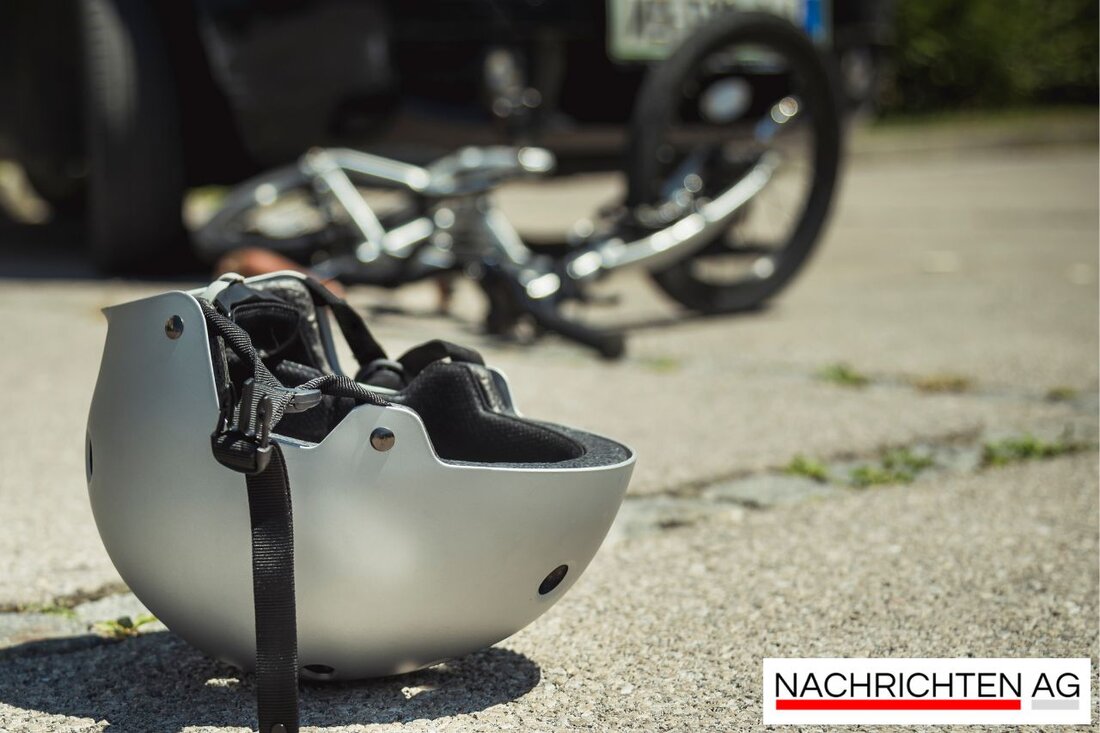2500 sheep on a hike: a meeting of tradition in Schwerin!
2500 sheep on a hike: a meeting of tradition in Schwerin!
Schwerin, Deutschland - Do you know the feeling of being on the move with the sheep? Christian Zimmermann, a passionate shepherd, is currently leading an impressive herd of 2500 sheep and goats through the picturesque surrounding area of Schwerin. The caravan of Plate is currently moving to it, a route that represents a real spectacle for the animals and the people they watch. Local residents wave, take photos and enjoy the sight of the huge herd that roams the landscape. The passage through the lifting bridge in Plate is a close challenge - not only for the numerous cars and cyclists that occur, but also for the wandering animals, which are always under the watchful eyes of carpenters. The hiking skier, a traditional craft, has become increasingly important today, but is essential for the cultural landscape and the management of the areas.
How does it actually work, hiking with sheep? The hiking skier, as described by the UNA>, leads to sheep flocks over various pasture areas that are changed depending on the season and feed offer. Animal husbandry is all year round and aims to offer the sheep the best conditions. In winter, the animals are often briefly staggered, while in the summer they roam the barren grazing grounds that can hardly be used for agriculture. This tradition has contributed over centuries to the development of unique landscape elements such as juniper heaths and lean and dry lawn.
a life for the sheep
Working as a shepherd is not a sugar slack. Daniel Voigt, hiking skier from Michelbach an der Bilz, describes that the sheep farm is an old job that knows hardly any vacation times. A few years ago, shepherd families lived from 300 to 400 ewes, while today only around 100 euros can be earned for each animal species. The cost of diesel, feed and technical equipment has increased, which does not make the situation easier. Voigt, who maintains the family tradition in the sixth generation, has a healthy relationship with nature and enables its sheep to maintain and manage the landscape in small groups. In the hilly regions of Schwäbisch Hall and Hohenlohe, where it is difficult to process the areas machine, the shepherds are dependent on the supportive hand of nature.
The hiking skier not only plays an important role in agriculture, but also contributes to the protection of flora and fauna. Voigt emphasizes that sheep grazing contributes to the preservation of the landscape and promotes biodiversity. By moving around the pastures, they transport various plant and animal species, which promotes a healthy ecosystem. In winter, the animals are often accommodated to offer them the best conditions, while they are brought back to the pasture areas in spring and summer to shape the landscape there.
protection and prevention
In today's world, Schäfer are also faced with new challenges. The region in which Voigt works is just a wolf prevention area, and the shepherds have to take suitable protective measures. Voigt holds four herd protection dogs that are specially bred to protect the sheep and are used on fenced pastures at night. These dogs help protect the sheep from possible threats and are valuable support for the shepherds who have a lot of responsibility for the animals. When encounters with hikers, joggers or cyclists, it is important to deal with the flocks of sheep, not to run according to the principle "The sheep should eat, do not run".
The hiking skier is more than just a profession; It is a tradition that is passed on for generations, and an art form that shapes not only the landscape, but also the community. Thanks to the dedication and commitment of people like Christian Zimmermann and Daniel Voigt, this traditional craft remains alive and contributes to the preservation of the cultural landscapes in Germany. Regardless of whether you are lucky enough to watch the sheep, or actively participate in the preservation of this tradition - the hiking school is and remains an important part of our rural culture.
| Details | |
|---|---|
| Ort | Schwerin, Deutschland |
| Quellen | |


Kommentare (0)